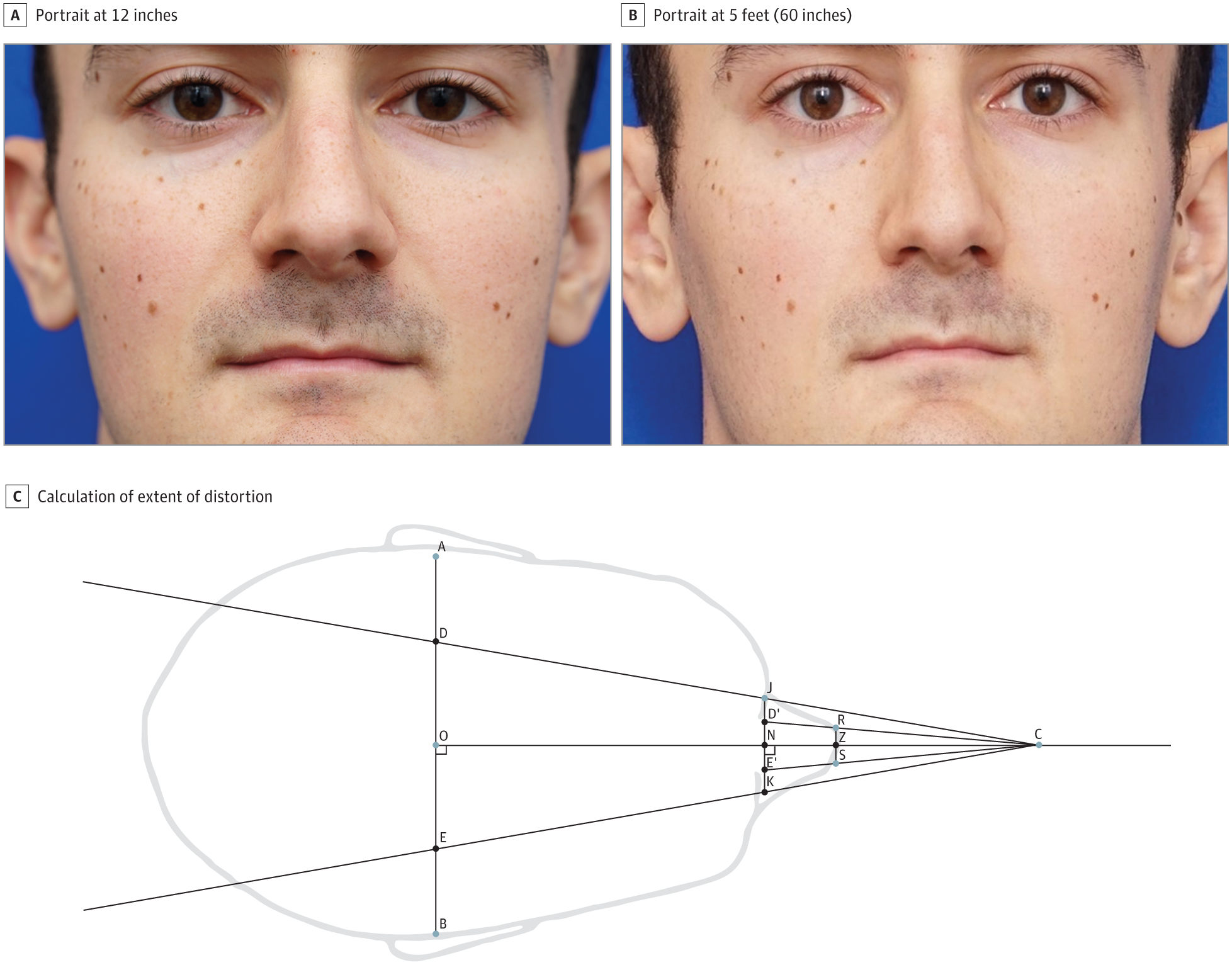Selfie Distortion
SELFIES ARE NOT REAL
Selfies are not real.
A selfie invariably morphs facial features - for better or for worse (noses are certainly worse off) - thus selfies are not a reliable assessment tool for aesthetic medicine. Taking and sharing selfies is also linked with anxiety, mood changes and damage to self esteem. In many cases selfies prompt a person to seek cosmetic procedures to edit their real features, often to match a filtered or altered selfie.
The important thing here is to know that you are not your selfie: you don’t look like that.
YOU LOOK BETTER IN REAL LIFE!
A study found that selfies taken at a distance of 12 inches (30 cm) can make noses look bigger - as much as 30% bigger. To minimize this distortion a standard distance of 5 feet (1.5 meters) is ideal for photos.
——————————————-
Selfies are inaccurate:
Selfies or self taken photos, and smartphones are ubiquitous today. A selfie is typically clicked at a much shorter distance from the subject (this distance for a selfie is the length of your arm or selfie stick, as opposed to a few feet when someone else is clicking the photo) and with different technology (wide angle lenses in the front camera of a cell phone, versus a zoom or narrow lens in the back camera / head shots). This creates a distortion making the features closer to the camera look larger than they actually are. This means the nose and chin will look much bigger, even though the face overall looks slimmer. While newer smartphones are attempting to use more lenses and altered algorithms to overcome this challenge, selfies today are not a correct representation of the face as seen in person or in a mirror.
Selfies are unreliable:
Doctors use completely different parameters for mapping beauty, measuring age related changes and tracking procedure results, than patients who primarily rely on selfies. In fact patients are often motivated to seek procedures by selfies - to correct flaws that may be real but can be perceived as exaggerated in a selfie, or with a goal that is a “filter”. Doctors must use objective and reproducible fixed parameters - while patients may assess themselves looking at unreliable selfies taken with different angles, filters & cameras. Therefore the doctor and patient are often not talking about the same thing. This can cause gaps in communication, mismatch of expectations - patients must be made to realize this difference in consults.
Selfies can be harmful:
One may instinctively suspect that taking many selfies could make a person focus unduly on details of their appearance. Further, when a selfie makes one look different from reality, it can adversely impact one’s self esteem and mood. We now have scientific evidence of the same. In the first experimental study on the psychological impact of selfies, a strong trial conducted by Mills et al. Randomized controlled trials or RCT are considered among the best quality of evidence for objective research. According to this study published in Body Image in 2018, “Women who took and posted selfies to social media reported feeling more anxious, less confident, and less physically attractive afterwards compared to those in the control group. Harmful effects of selfies were found even when participants could retake and retouch their selfies.”
TEXT BY DR SONAM YADAV
Have a question or comment? Reach her at contact (at) juverne (dot) com
READ FURTHER:
In this paper published in JAMA Facial Plastic Surgery, the researchers explain that an average selfie -- taken about 12 inches from the face -- makes the base of the nose appear approximately 30 percent wider and the tip of the nose 7 percent wider than if the photograph had been taken at a standard portrait distance of 5 feet away, which provides a more proportional representation of facial features. Source: Physics.Nasal Distortion in Short-Distance Photographs: The Selfie Effect. Brittany Ward, BS1; Max Ward, BS1; Ohad Fried, PhD2; et al http://jamanetwork.com/journals/jamafacialplasticsurgery/fullarticle/2673450
Example of Nasal Size Distortion in a Short-Distance Photograph and Derived Model
A, Individual’s face when photograph is taken at 12 inches.
B, Individual’s face when photograph is taken at 5 feet.

